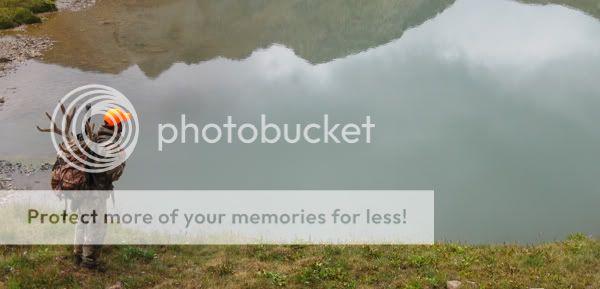MontanaRifleman
Well-Known Member
I'm starting this thread in order to not hijack another thread that this topic came up in.
http://www.longrangehunting.com/forums/f17/now-some-optics-46431/index2.html
I need to correct a statement I made in the other thread.
Those drop numbers are out to lunch. Dont have a clue how I came up with them, so my apology. The real drop differences are .7" and 5"
http://www.longrangehunting.com/forums/f17/now-some-optics-46431/index2.html
I need to correct a statement I made in the other thread.
Let's take a 180 AB (BC, .507) @ 3000 fps load developed @ 3000' elev @ 40* temp...
...for the above info and everything but elevation remains the same but on hunting day we hunt on flat lands @ 4000' elevation our dfference in drops to 600 yds and 1000 yds respectfully are 12" and 43"...
Those drop numbers are out to lunch. Dont have a clue how I came up with them, so my apology. The real drop differences are .7" and 5"

